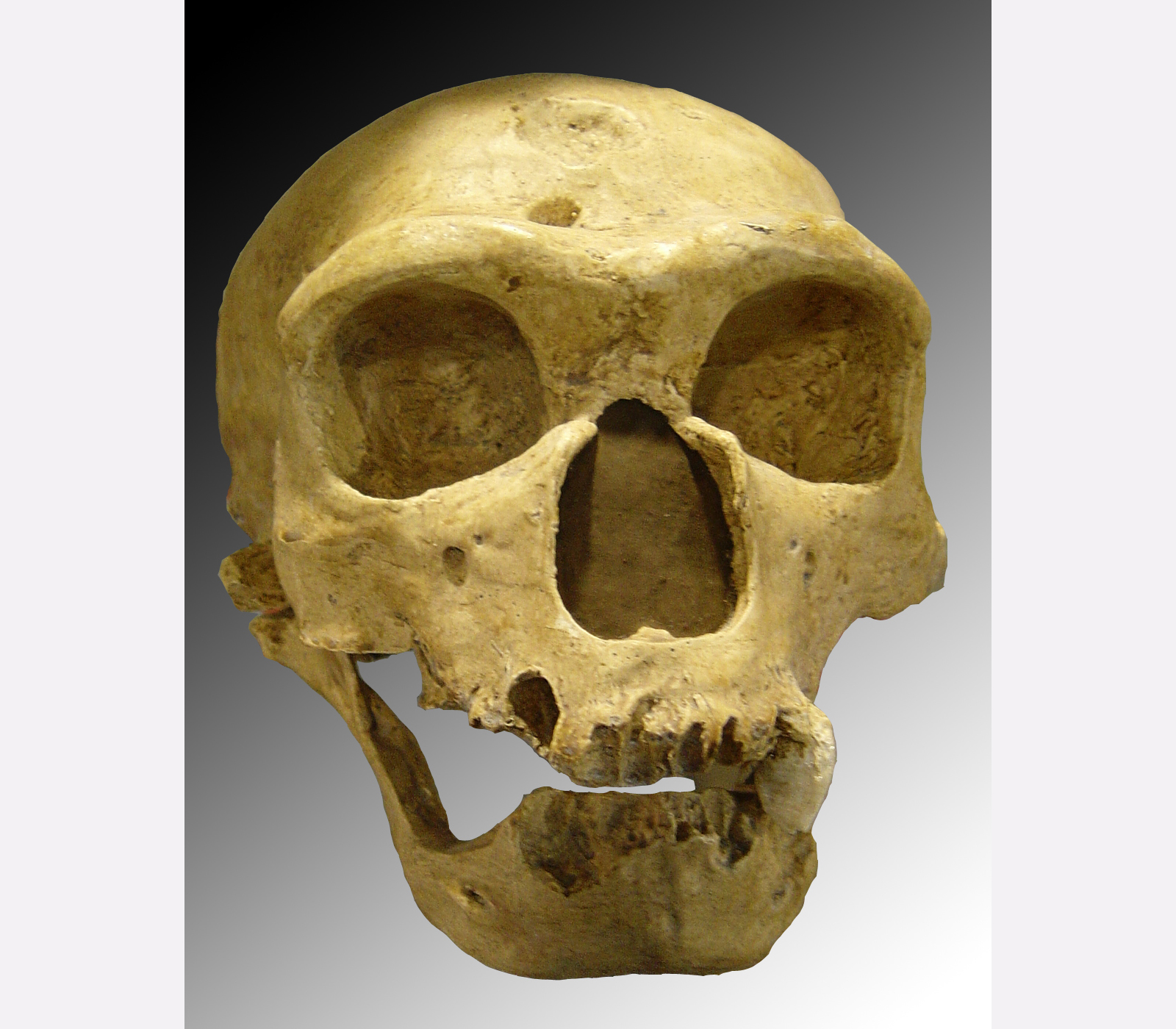The anatomical differences between Neanderthals and Homo sapiens could be a result of diet, according to a new Israeli study.
Tel Aviv University researchers say the Ice-Age diet — a high-protein intake of large animals — triggered physical changes in Neanderthals, namely a larger rib cage and a wider pelvis.
According to the research, the bell-shaped Neanderthal thorax had to evolve to accommodate a larger liver, the organ responsible for metabolizing great quantities of protein into energy. This heightened metabolism also required an expanded renal system (enlarged bladder and kidneys) to remove large amounts of toxic urea, possibly resulting in a wide Neanderthal pelvis.
“The anatomical differences between the thoraxes and pelvises of Homo sapiens and Neanderthals have been well-known for many years, but now we’re approaching it from a new angle — diet,” said Prof. Avi Gopher.
Gopher, Prof. Ran Barkai and PhD candidate Miki Ben-Dor, all of TAU’s Department of Archaeology and Ancient Near Eastern Cultures, co-authored the study, which was recently published in the American Journal of Physical Anthropology.
“In a 2011 paper, which dealt with the demise of Homo erectus in the Levant, we had already tapped into the notion that diet played a major role in human evolution,” said Barkai. “We argued then that high fat consumption was one of the most important solutions to the predicament presented by human evolution. Humans are limited in the amount of protein they are able turn into energy — protein provides just 30 percent of their overall diet. The solution, therefore, was to consume more fat and more carbohydrates when they were seasonally available.
“We found that, in the case of the Neanderthals, an acute shortage of carbohydrates and a limited availability of fat caused their biological adaptation to a high-protein diet.”
Previous animal experiments have demonstrated that a high-protein diet is likely to produce enlarged livers and kidneys. “Early indigenous Arctic populations who primarily ate meat also displayed enlarged livers and the tendency to drink a lot of water, a sign of increased renal activity,” said Ben-Dor.
According to the researchers, the total dependence of Neanderthals on large animals to answer their fat and protein needs may provide a clue to their eventual extinction, which took place at the same time as the beginning of the demise of giant animals or “Megafauna” in Europe some 50,000 years ago. The team is now researching this subject.













